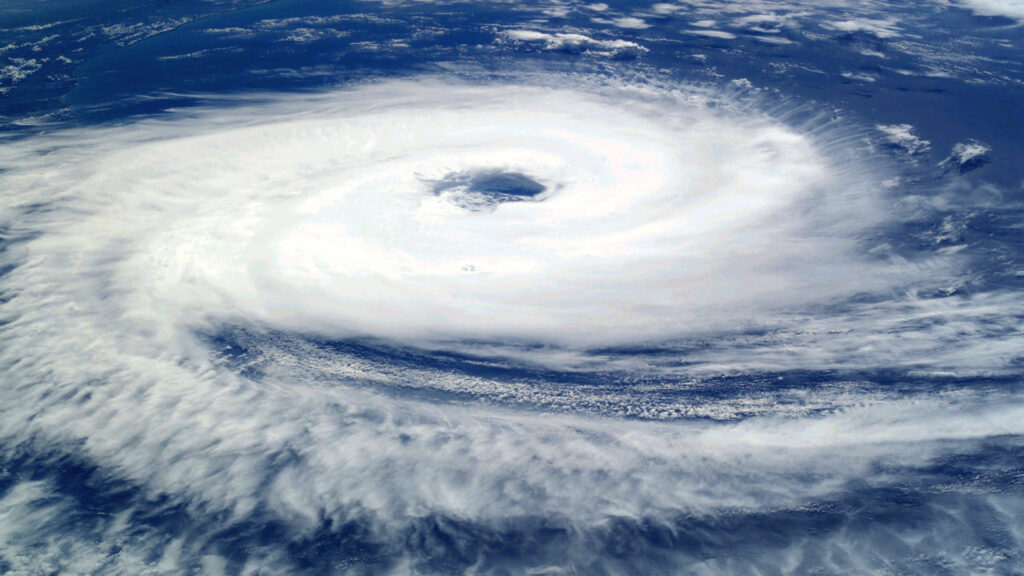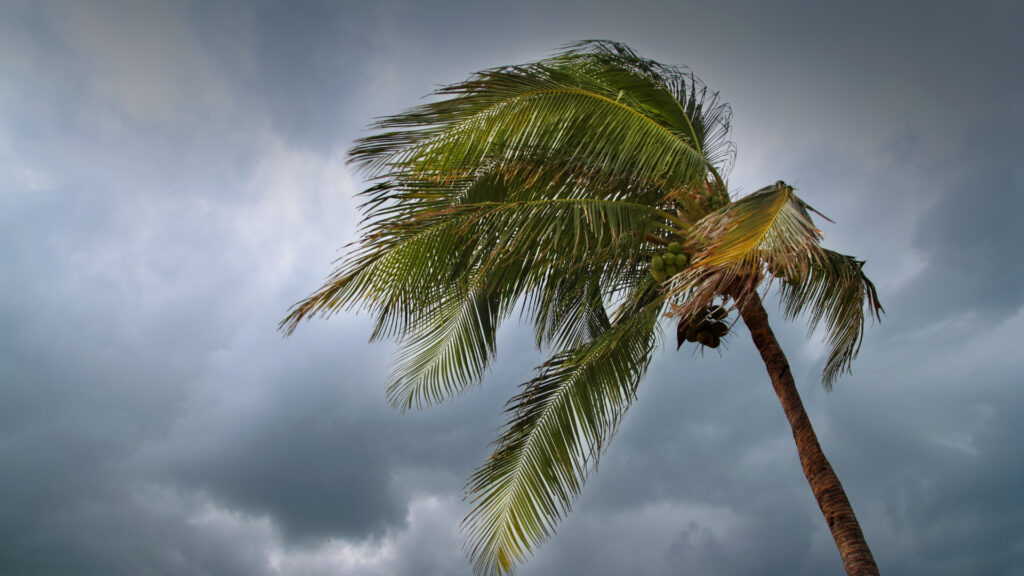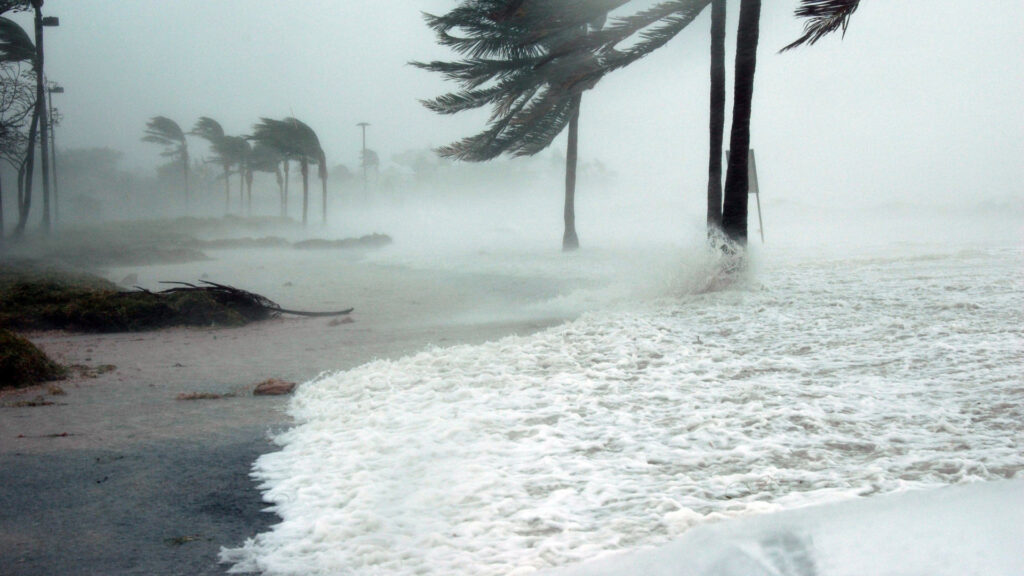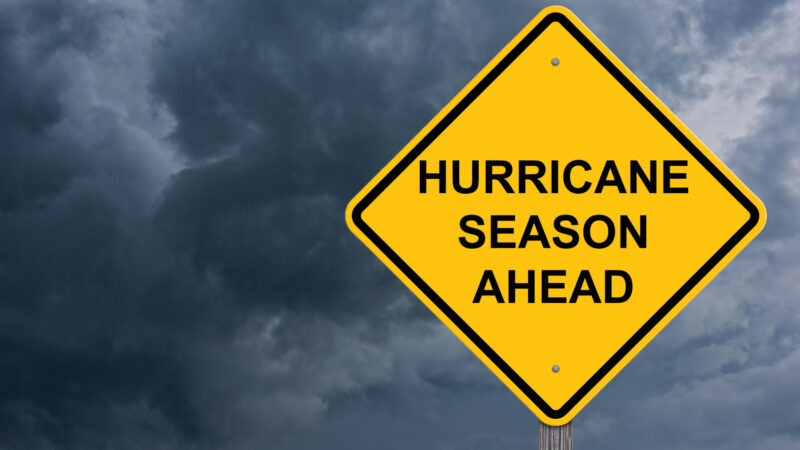Table of Contents Show
Hurricane season is approaching. If it’s anything like recent years, we can expect at least one or two strong storms to make landfall in the United States. Understanding hurricane levels and paying attention to forecasters is critical to making informed decisions and staying safe.
Let’s learn more about the different hurricane levels and our nation’s weather history.
What Is a Hurricane?
A hurricane is a tropical cyclone that forms over tropical and subtropical waters. It’s a rotating low-pressure weather system that increases strength over time and distance.
When a tropical cyclone reaches maximum sustained winds of 74 miles per hour, it’s called a hurricane. Hurricanes can be any size but mostly average around 300 miles wide.
Hurricanes have five categories, with a 1 being the least destructive and a 5 being catastrophic. The wind speeds determine the hurricane levels.
According to the National Oceanic and Atmospheric Administration, the hurricane season begins on June 1 and ends on November 30. However, some can fall outside this window.
The Atlantic Basin, which includes the Atlantic Ocean, Caribbean Sea, and Gulf of Mexico, typically sees 12 hurricanes yearly.
Furthermore, hurricanes receive names from the World Meteorological Organization, which rotates through a list of male and female names. When one named storm becomes so devastating, the organization will retire the name and not use it for any future storms. These names rotate through every six years.
What Causes Hurricanes?
Unlike tornadoes or earthquakes, hurricanes are easier to predict and prepare for because they’re slow-moving storms. Hurricanes need a few things to form. The first is warm water, which is why hurricane season begins in early June.
Next, winds come together to force moist air upward and then flow outward above the clouds. The humid air that rises with these winds causes storm clouds to form. The winds outside the hurricane steer the storm and increase its strength.
Hurricanes generally start off the coast of Africa and move towards the Caribbean and southeastern United States because of the Coriolis force. This force generates a counterclockwise spin to low pressure.
Near the equator, this force is at its minimum. Thus, tropical storms form above the equator or below the equator. So if you live in certain coastal states, you should understand the hurricane levels.
What Are the Different Hurricane Levels?
As mentioned above, hurricane levels are determined by wind speeds, not their size.
This way of measuring the intensity of the storms is called the Saffir-Simpson Hurricane Wind Scale. Storm surges, flooding, or tornadoes aren’t part of this scale, even though they can cause immense damage.
Category 1
Tropical cyclones become Category 1 hurricanes when sustained wind speeds reach 74 miles per hour. The storm remains a Category 1 until the wind speeds reach 96 miles per hour.
Under these windy conditions, houses can sustain roof and gutter damage, and branches can snap off trees. Additionally, power lines can also suffer damage, which can result in power outages.

Category 2
The next hurricane level is Category 2, which begins when sustained wind speeds reach 96 miles per hour.
These dangerous winds can cause extensive damage like significant roof damage, uprooting shallow trees, and power outages. Downed trees and power lines can block roads; these outages could last weeks.
Keep in Mind: This Insurance Company Still Hasn’t Helped RVer Whose Rig Flipped in the Wind!
Category 3
A hurricane becomes a Category 3 storm when sustained wind speeds reach 111 miles per hour. At this hurricane level, devastation is possible. The storm is now considered a significant threat.
Severe damage to homes can occur. Trees of all sizes can snap or be uprooted, causing major problems and power outages. Electricity and water probably won’t be available for several days.
Category 4
A Category 4 hurricane means sustained wind speeds have reached 130 miles per hour. In this case, affected areas can experience catastrophic damage. Entire homes can be damaged with roof loss and exterior wall destruction.
Because of the number of downed trees and power poles, residential areas will likely become isolated. Some places won’t be inhabitable for weeks or months.

Category 5
The highest hurricane level is Category 5. This major storm will have sustained wind speeds of 157 miles per hour or higher. Like Category 4, this will result in catastrophic damage.
These areas will likely have a high percentage of completely destroyed homes, including total roof loss and collapsing walls. Like a Category 4 storm, downed trees and power poles will lead to outages and isolation that could last for months.
Keep in Mind: This couple had their RV destroyed by a tornado while they were inside! Click the link to see what happened.
How Many Hurricanes Occur in the U.S. Each Year?
Hurricanes are common in the southeast states. Unfortunately, because of their proximity to the waters of the Gulf of Mexico and the Atlantic Ocean, these states see at least one hurricane a year.
However, the Atlantic Basin often has 10 named storms every season. Five or six usually become hurricanes, while about two of those turn into a major Category 3, 4, or 5. Though, not all of these storms will make landfall in the United States.
What States Have the Most Hurricanes?
Because of Florida’s location, with its east coast bordering the Atlantic Ocean and its west coast bordering the Gulf of Mexico, it has received the most direct hits of any state. The peninsula is in the path of most hurricanes.
Since the year 2000, the Sunshine State has had eight Category 3 hurricanes make landfall. Hurricane Michael was the only Category 5 storm, which hit in 2018.
The most recent was Hurricane Ian, a Category 4 storm, which made landfall in 2022. It was the deadliest storm since the Florida Labor Day hurricane of 1935.
North Carolina is second on the list, but this is primarily due to hurricanes sideswiping the Outer Banks as they pass by, not because they turn inland. As a result, this state sees much less severe damage.

What Was the Most Active Hurricane Season in U.S. History?
In 2020, 30 named tropical cyclones formed. This was the most active season to date. But the 2005 hurricane season developed more severe storms, with 15 reaching hurricane status.
Seven reached Category 3 hurricane levels. Four of those became catastrophic Category 5 storms. This was the year of Hurricane Katrina, which devastated New Orleans, Louisiana, and killed almost 1,400 people.
Be Prepared and Stay Safe This Hurricane Season
Hurricane season occurs every year. With the warming waters of the Atlantic Ocean, it’s likely more intense storms will likely continue to occur. The growing number of hurricanes already has scientists worried about future hurricane seasons.
So when planning to visit Florida, Louisiana, or Texas this summer, always have a backup plan and know the evacuation routes if a storm does hit.
Pay attention to the weather and take evacuations and warnings seriously. Hurricanes can be intense and severe. Much of the damage comes following the storm with storm surges and flooding. So be aware of hurricane levels and stay safe this hurricane season.
Have you ever had to evacuate or change plans because of an incoming storm?






